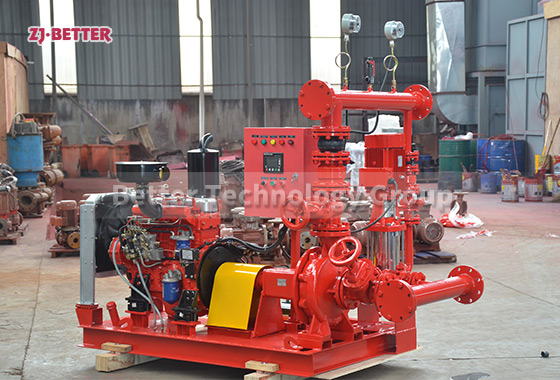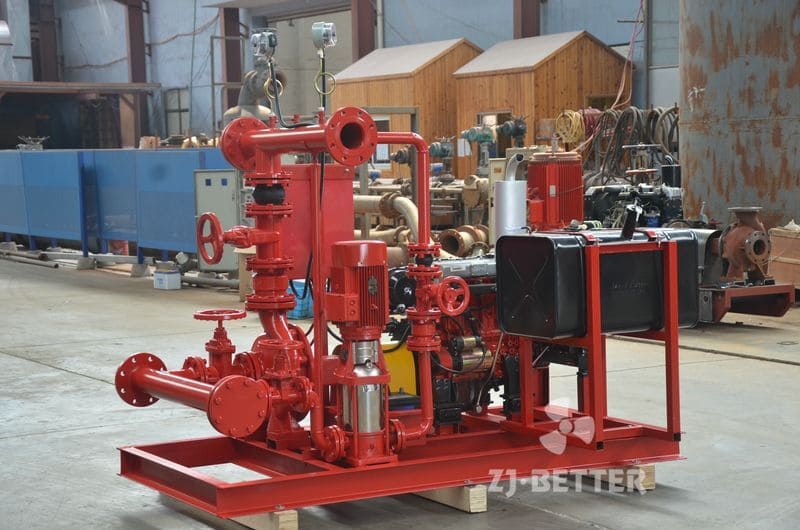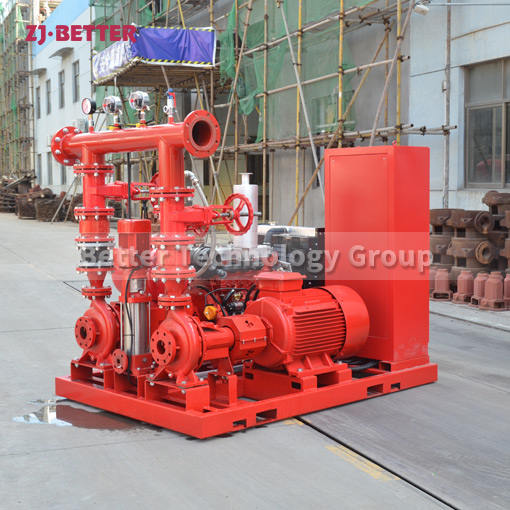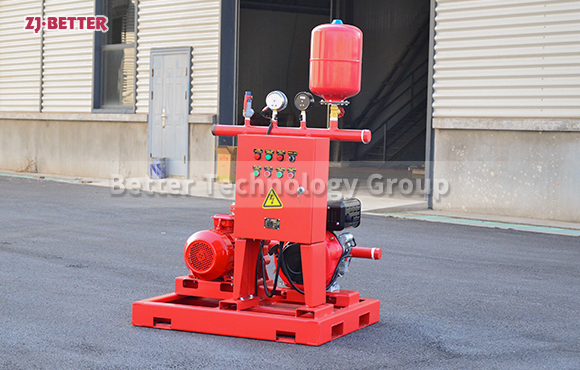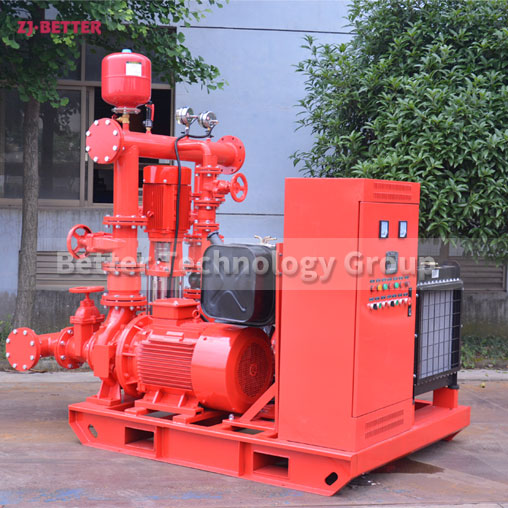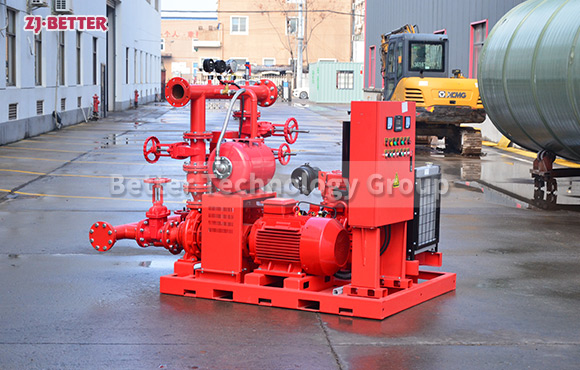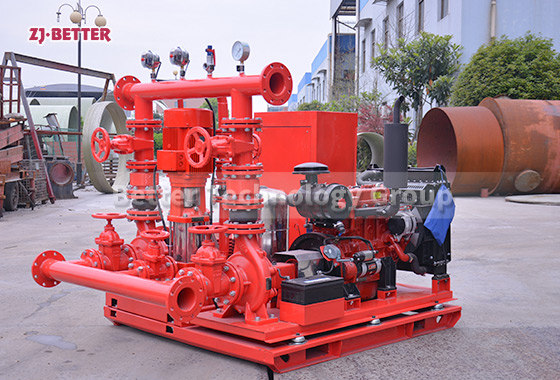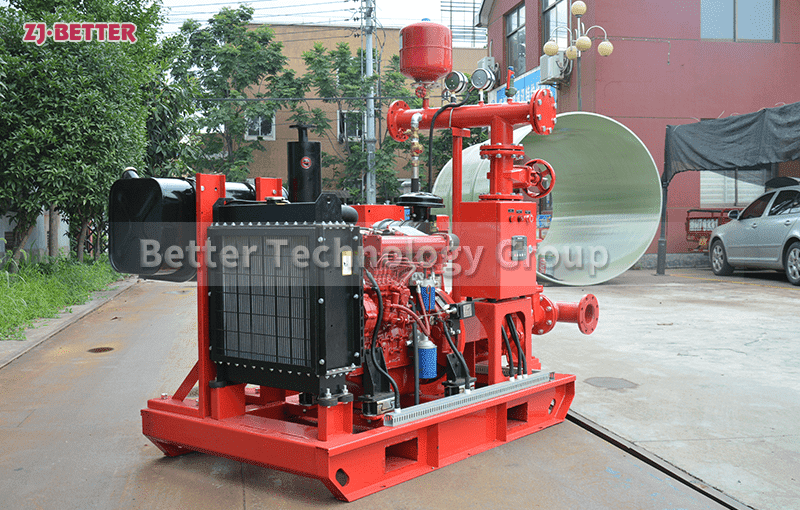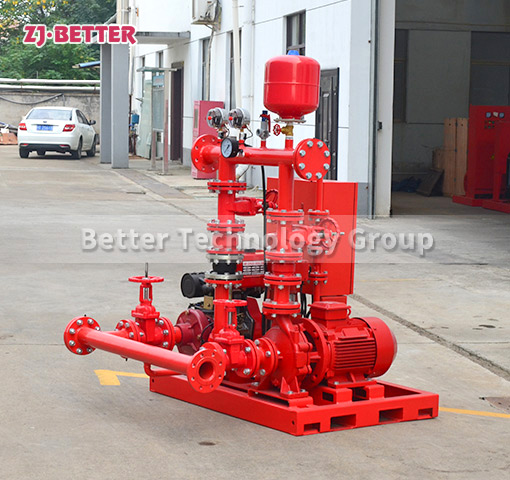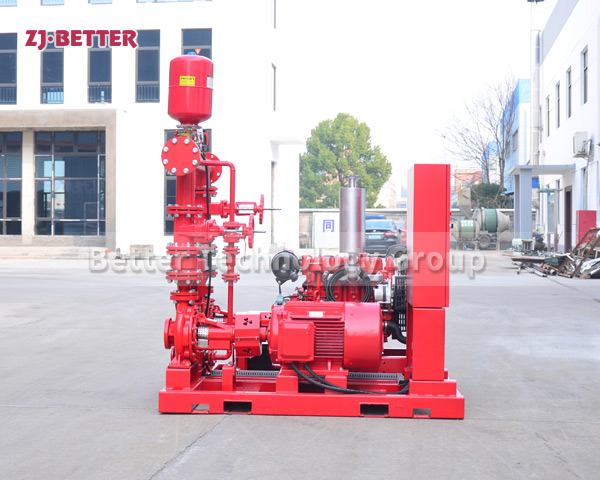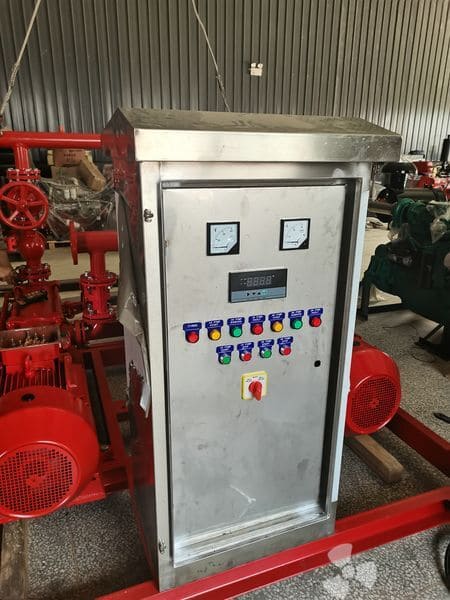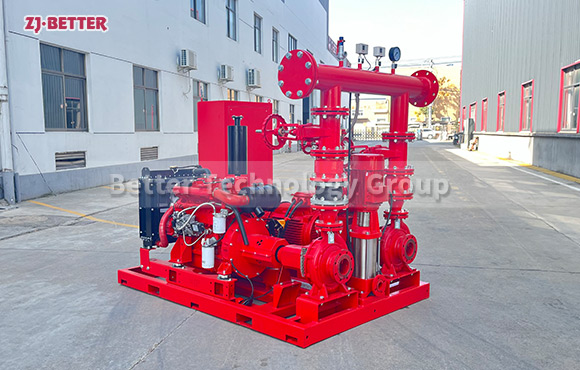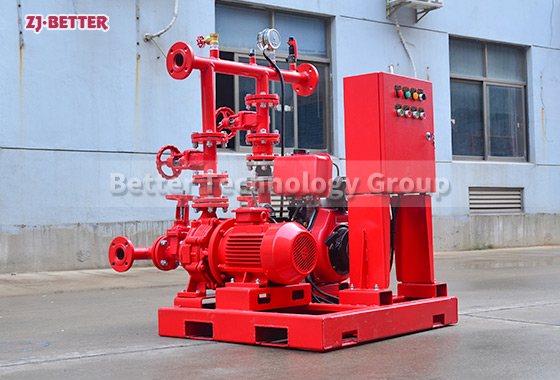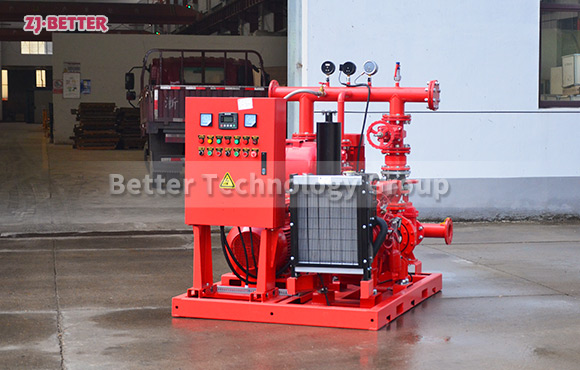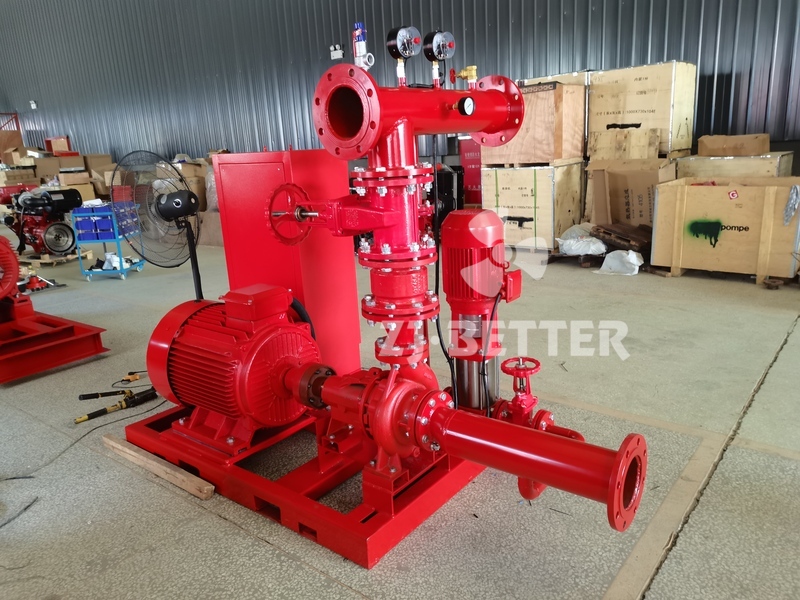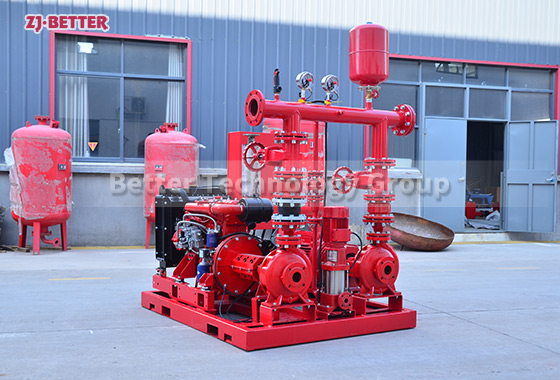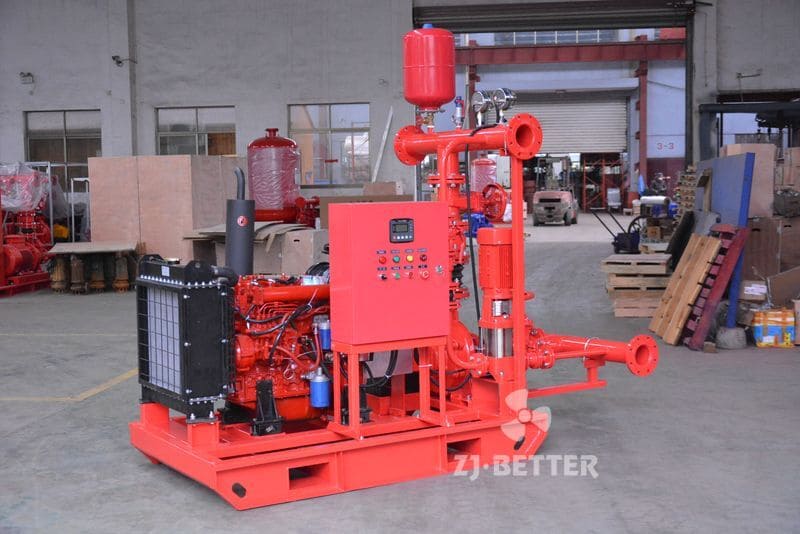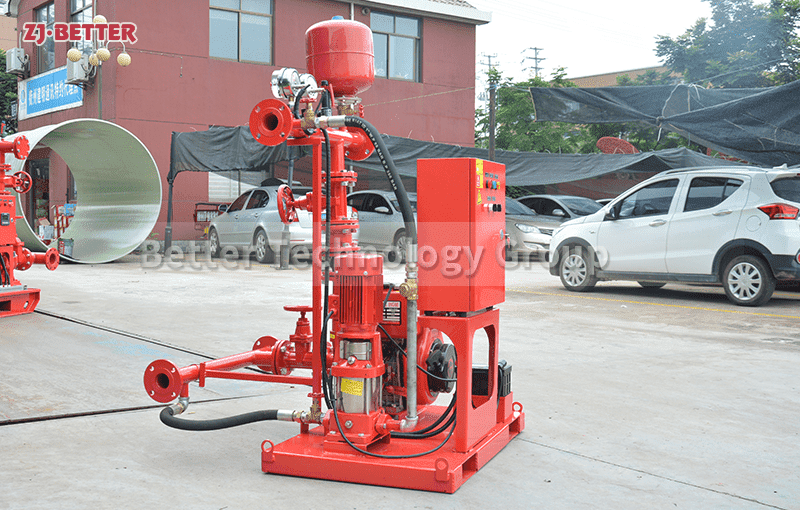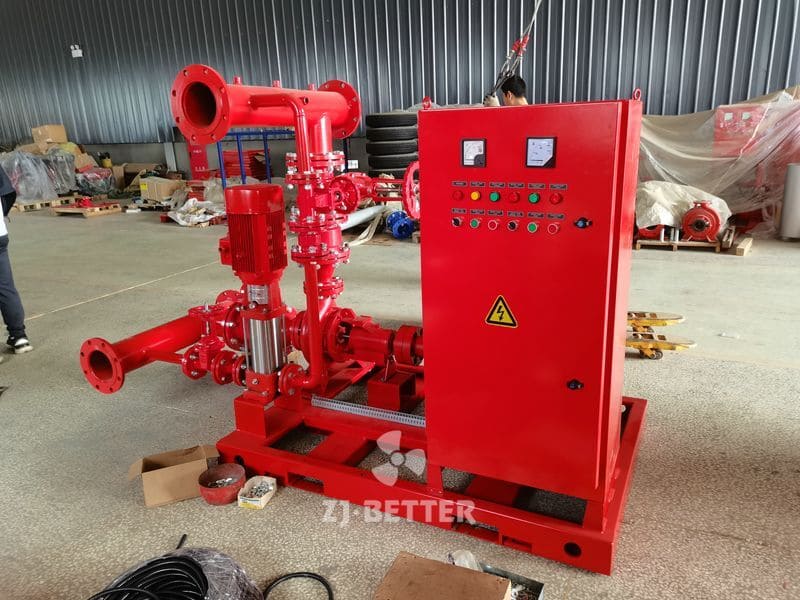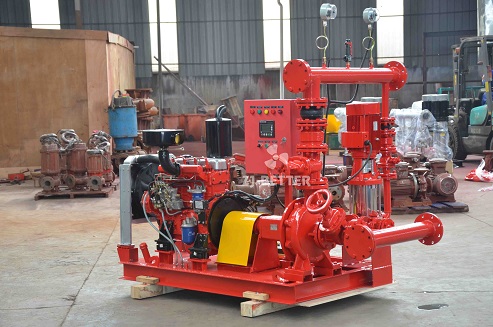Home » Fire Pump Set » Video Analysis Of Fire Pump Set Test
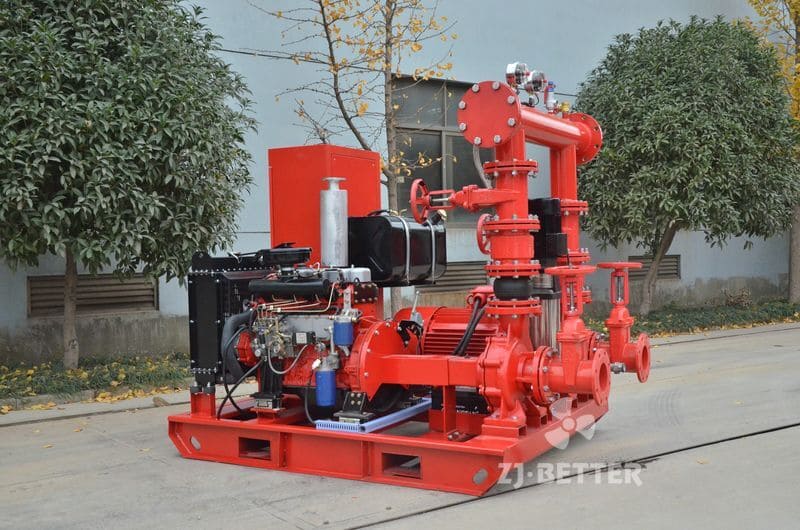
Video Analysis Of Fire Pump Set Test
The packing of our products conforms to the national standard, meet customer needs, and standard handling and transportation.
All products are tested before delivery to ensure no quality problems.
As for after-sales problems, we can dispatch engineers to solve them on site, so you can buy our products at ease.
Contact US
Get Price
Share:
Next:
DJ Fire Pump Test Video
Content
Use of EDJ fire pump:
1. All kinds of fire hydrant, sprinkler fire pump;
2. Suitable for all kinds of fire booster and pressure regulator pump occasions;
3. Various villa, community and other fire control systems;
4. Industrial and civil building fire control system;
5. Suitable for all kinds of oil depots, oil loading and unloading docks, logistics parks and other places with high fire level requirements.
Inquiry
More Fire Pump Set

